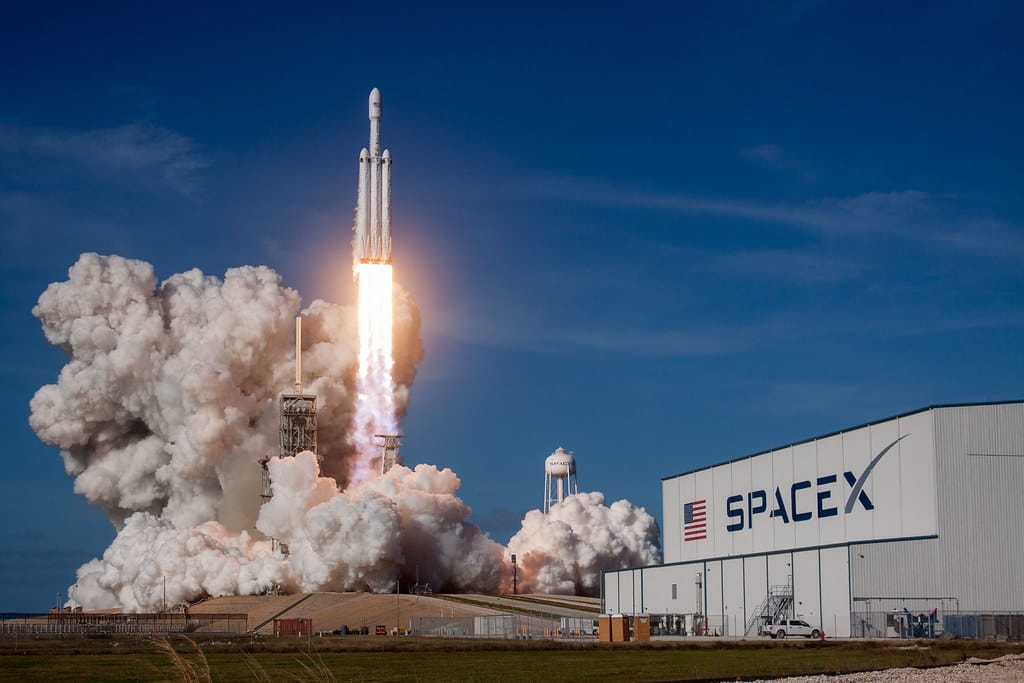Europe's Reusable Rocket Dreams Hit Another Snag as SpaceX Expands Cape Canaveral Operations
The European space industry faces yet another setback in its pursuit of reusable rocket technology, while SpaceX continues its relentless expansion with a strategic move to Space Launch Complex 37 at Cape Canaveral. These contrasting developments highlight the widening gap between European and American commercial space capabilities.
Europe's Ariane Next Faces Fresh Delays
The European Space Agency (ESA) and ArianeGroup have announced another postponement for their next-generation reusable rocket program, pushing the maiden flight of the Ariane Next launcher from 2028 to potentially 2030. This delay marks the third major schedule slip for Europe's answer to SpaceX's revolutionary reusable Falcon 9 rockets.
The setback stems from technical challenges in developing the Prometheus engine, a reusable methane-fueled powerplant designed to dramatically reduce launch costs. Sources within the program indicate that achieving the necessary thrust-to-weight ratios while maintaining reusability standards has proven more complex than initially anticipated.
"We're essentially trying to compress a decade of SpaceX's learning curve into a few years," explained a senior engineer familiar with the project, speaking on condition of anonymity. "The physics is the same, but the institutional knowledge gap is real."
SpaceX Secures Historic Launch Complex
Meanwhile, SpaceX has finalized its lease agreement for Space Launch Complex 37 (SLC-37) at Cape Canaveral Space Force Station, adding another strategic asset to its growing launch infrastructure. The historic pad, previously used for Delta IV launches by United Launch Alliance, will undergo extensive modifications to support Falcon Heavy missions.
The acquisition gives SpaceX unprecedented flexibility in managing its manifest, which currently includes over 100 launches scheduled for 2024 alone. With SLC-37 joining Launch Complex 39A and Space Launch Complex 40, SpaceX will operate three orbital launch sites from Florida's Space Coast.
Strategic Implications for Global Launch Market
Industry analysts view these parallel developments as symptomatic of broader trends in the global launch market. While Europe struggles to develop its first reusable rocket, SpaceX has already conducted over 250 successful booster landings and continues to push the boundaries of rapid reusability.
"The gap isn't just technological anymore—it's operational," notes Laura Chen, a space industry analyst at Northern Sky Research. "SpaceX is optimizing third-generation reusability concepts while Europe is still working on first-generation systems."
The Cost of Falling Behind
The delays in Europe's reusable rocket program carry significant economic implications. Current Ariane 6 launches cost approximately $115 million per mission, while SpaceX offers Falcon 9 launches starting at $67 million. Without reusability, Europe risks being priced out of the commercial launch market entirely.
European satellite operators have increasingly turned to SpaceX for their launch needs, with even flagship European missions like the Euclid space telescope launching aboard Falcon 9 rockets. This trend represents not just lost revenue but also diminished technological sovereignty for European space ambitions.
A Path Forward?
Despite the setbacks, European space officials remain committed to developing indigenous reusable launch capabilities. The recently announced Susie (Smart Upper Stage for Innovative Exploration) concept aims to create a reusable spacecraft that could complement the Ariane Next system, potentially offering unique capabilities for both cargo and eventual crew missions.
Additionally, several European startups, including Germany's Rocket Factory Augsburg and Spain's PLD Space, are pursuing smaller reusable rockets that could serve as technology demonstrators for larger systems.
Looking Ahead
As SpaceX prepares to activate SLC-37 for Falcon Heavy missions in early 2025, the contrast with Europe's struggles becomes increasingly stark. The American company's ability to secure and rapidly convert launch infrastructure demonstrates the advantages of proven technology and operational excellence.
For Europe, the path to reusability remains challenging but essential. The continent's space industry must balance the urgency of closing the capability gap with the need to develop reliable, cost-effective systems. Whether Europe can achieve this balance before losing more ground to competitors remains an open question—one that will shape the global space industry for decades to come.
SEO Excerpt: Europe's Ariane Next reusable rocket faces another delay until 2030, while SpaceX expands operations with the acquisition of Space Launch Complex 37 at Cape Canaveral, highlighting the growing technology gap in global launch capabilities.
SEO Tags: SpaceX, Ariane Next, reusable rockets, European Space Agency, Space Launch Complex 37, Cape Canaveral, commercial spaceflight, launch industry, Falcon Heavy, space technology
Suggested Illustrations:
- Header Image: Comparison graphic showing SpaceX Falcon 9 landing next to Ariane Next concept art
- Placement: After headline
- Prompt: "Split-screen illustration showing SpaceX Falcon 9 booster landing on left side with flames and landing legs deployed, and conceptual Ariane Next rocket ascending on right side with European flag visible, photorealistic style, dramatic lighting"
- SLC-37 Aerial View:
- Placement: After "SpaceX Secures Historic Launch Complex" section
- URL: Search for "Space Launch Complex 37 aerial view" on NASA or SpaceX media archives
- Alternative prompt: "Aerial view of a coastal launch complex with large flame trench, lightning towers, and integration facilities, Cape Canaveral setting, golden hour lighting"
- Infographic: Cost comparison chart
- Placement: In "The Cost of Falling Behind" section
- Prompt: "Clean infographic showing launch cost comparison: Ariane 6 at $115M vs Falcon 9 at $67M, bar chart style with rocket icons, professional blue and gray color scheme"
